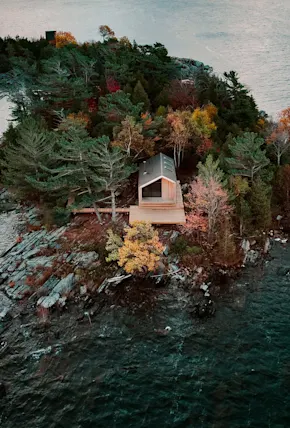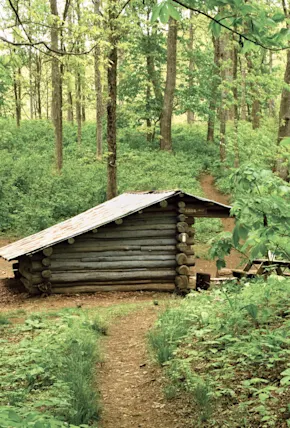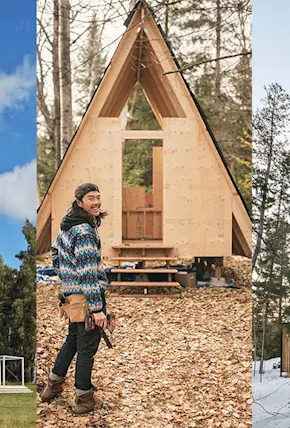Berne Broudy is a Vermont-based freelance writer, photographer, and fierce advocate for outdoor recreation. She serves on the boards of Richmond Mountain Trails, Vermont Mountain Bike Association, and the Vermont Huts Association.
If snowshoeing or Nordic skiing out your back door into snowflakes floating among fragrant firs, or mountain biking hut-to-hut in the remote backcountry are on your list of dream vacations, it’s time to book a trip to Vermont. The Green Mountain State has a long history of outdoor recreation, but a new and expanding network of trailside huts that are opening throughout the state are increasing the options, and reservations are open now.
Spearheaded by the Vermont Huts Association, the project consists of multiple huts, some of which are privately owned, that are bookable through Vermont Hut’s reservation system. Others are owned by the non-profit, which is completing construction of its second hut this winter. Soon they’ll ramp up even more, with 30-45 new huts and hostels slated for construction over the next decade, most along a planned 500+ mile single-track mountain bike trail called the Velomont Trail that will run the length of the state. The ultimate goal is to space the refuges every 10-20 miles along the trail so that riders can bike hut-to-hut without interruption.














